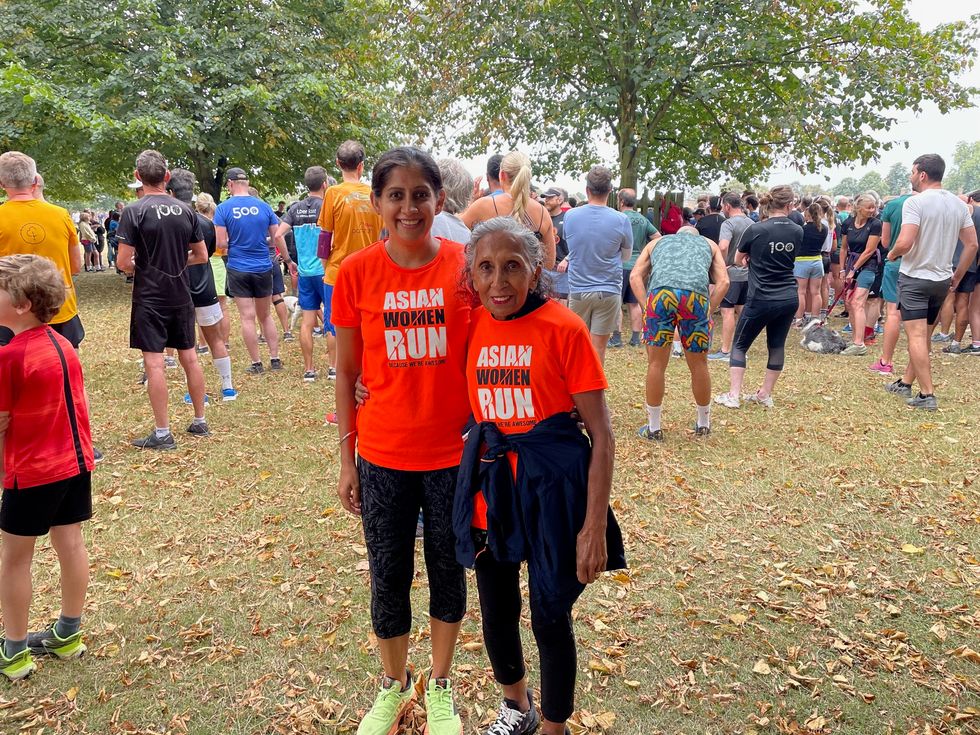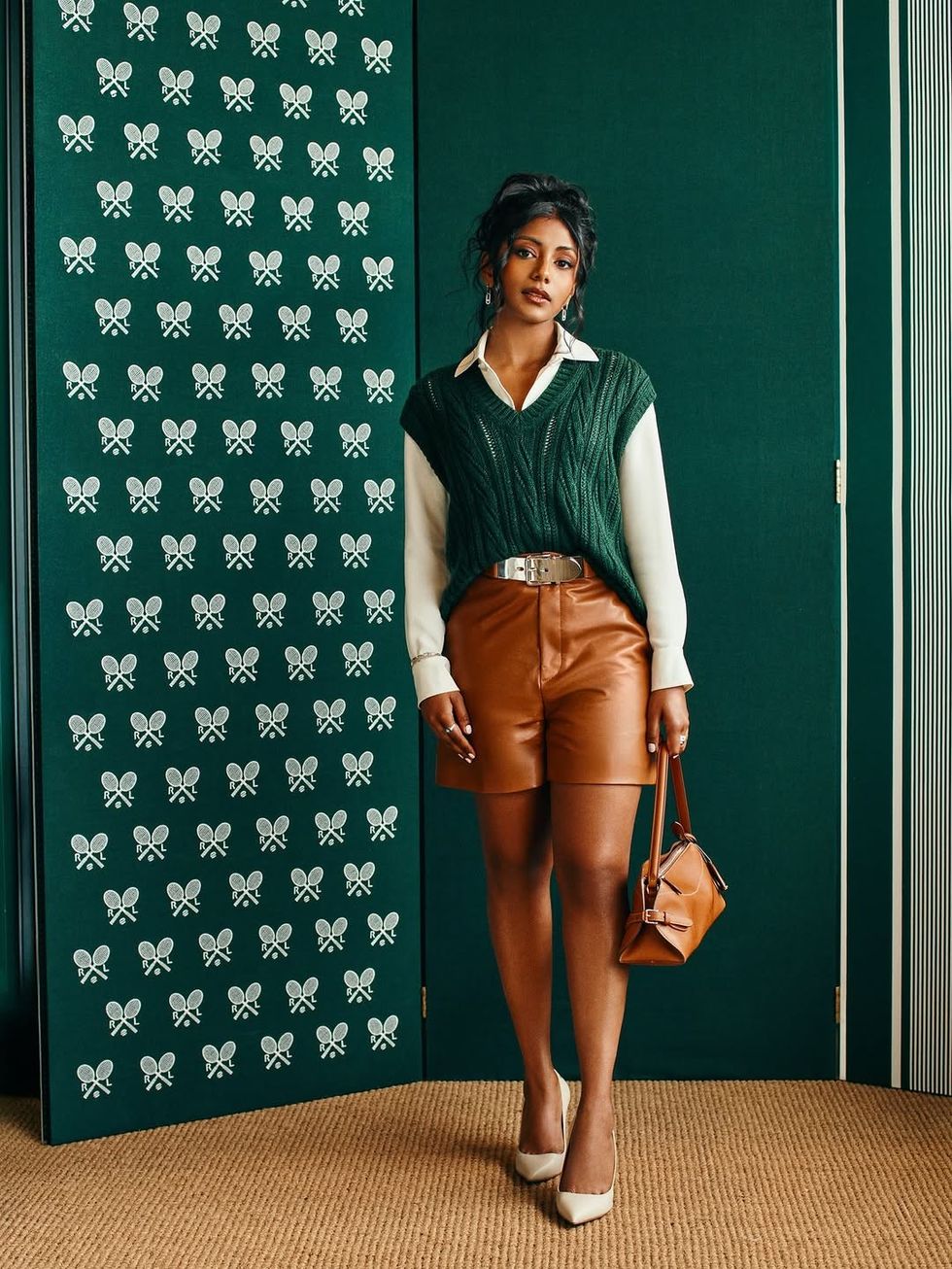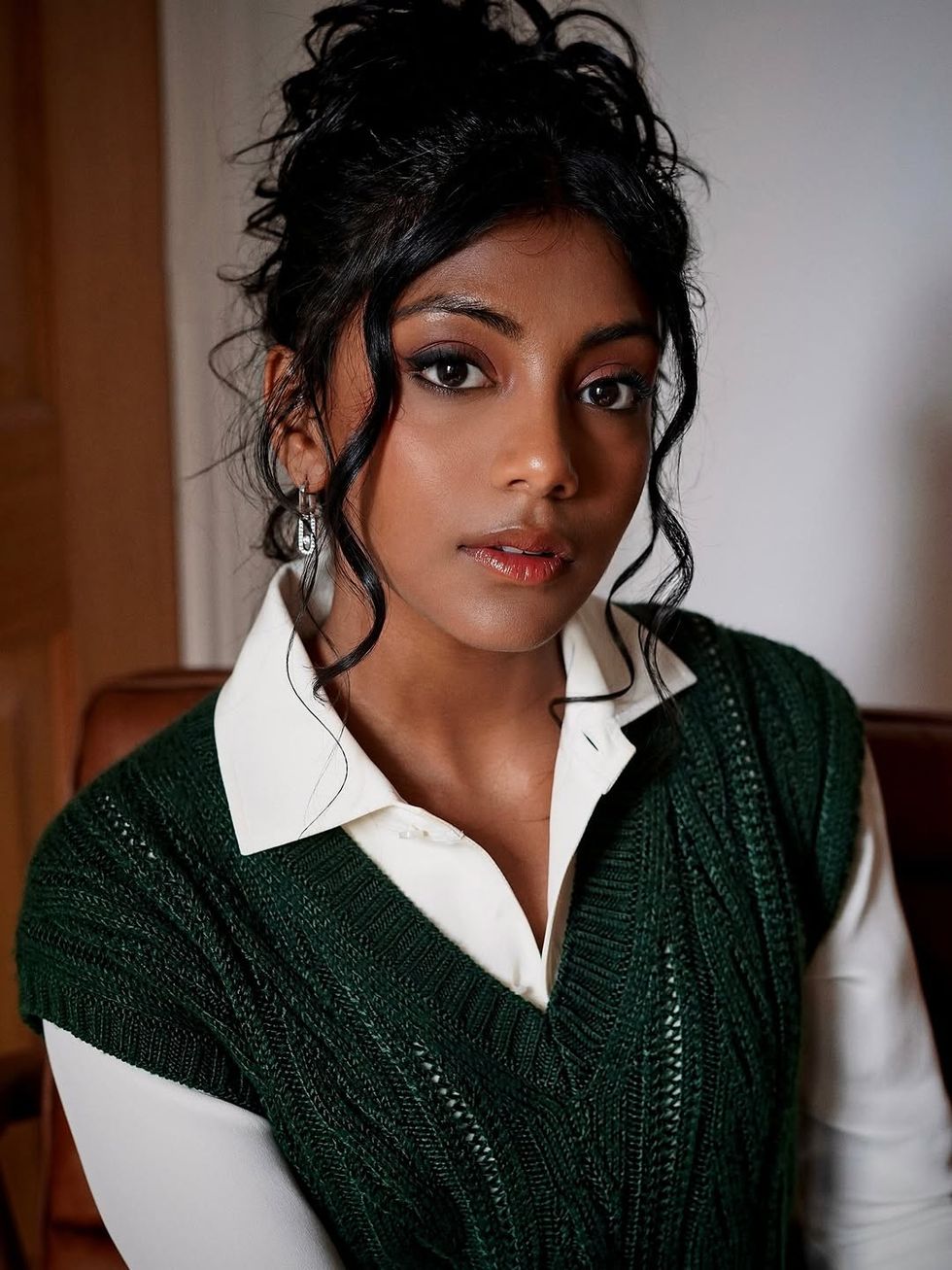MOHSIN KHAN ON HIS YEH RISHTA KYA KEHLATA HAI JOURNEY AND BEING NAMED ONE OF THE SEXIEST ASIAN MEN IN THE WORLD
by MOHNISH SINGH
WHEN Yeh Rishta Kya Kehlata Hai star Mohsin Khan was a kid, a part of him always wanted to act, but he was just too shy and embarrassed to admit it.
So, acting was not actually the career he had his sights on initially. He was on his way to becoming an engineer before he found his true calling and started making efforts to go before the cameras. After doing a couple of commercials, the actor landed his first television show Nisha Aur Uske Cousins, which set the ball rolling for him. But it was Star Plus’ long-running show Yeh Rishta Kya Kehlata Hai that made him a household name.
Today, Mohsin is one of the most popular and highest-paid actors on Indian television, thanks to the multi-year spanning family drama by Rajan Shahi.
The small screen heartthrob tells Eastern Eye how it feels to front the cast of one of Indian television’s longest running shows, how much fans mean to him and whether or not he sees himself making a transition to films. The talented actor also opens up about being named as one of the sexiest Asian men on the planet.
Your show Yeh Rishta Kya Kehlata Hai (YRKKH) has completed 11 years of a successful run. How do you feel about all that it has achieved?
When Shivangi (Joshi) and I joined the show, it had already completed more than seven years of telecast, won every single television award and had broken every record. I did not know what to expect then. I just worked with the flow. Since my family members used to watch this show, I had also seen it in bits and parts. But, yes, I knew that people were ardent viewers and had loved the show from day one.
In a time when most of the daily soaps fail to complete even a year, YRKKH has been entertaining audiences for 11 years. Why, according to you, has the show clicked so much with audiences, not only in India, but also globally?
YRKKH is rooted in Indian traditions and family values. There is this intense family drama, and it also has an innocent love story. Every sequence has a social message, and every situation brings out the good and bad in the characters, which make the story and characters relatable.
When you joined the show, it had Hina Khan and Karan Mehra playing the lead characters. Then the baton was passed on to you and Shivangi. Was it not daunting for you to carry such an iconic show on your shoulders?
I had never thought that I would be in this industry, as I was on my way to become an engineer. But today, I am overwhelmed every single day of my life. The response that I have got from the audience is beautiful, mashallah, and I thank my lord for showing me the way. Plus, I am lucky and blessed that I have my family for standing by me through all the struggles.
Tell us more…
I try and understand the situation and then respond to my character in that situation and perform it as truthfully as I can. There is so much support, right from the producer, Rajan sir, to the writers and the director, in making you part of the narrative that everything flows in the right direction. I guess that is why I never felt the pressure.
Did you always want to be an actor?
There was a part of me which always wanted to act right from childhood. I was just too shy and embarrassed to admit it. I have been extremely lucky in my career to have worked with a great cast. I have learned so much from them. I so admired Vivek Mushran while working on Nisha Aur Uske Cousins (2014-15) and to know these actors and their journey makes me understand how I can improve as an actor.
Do you see yourself making a transition to films in future and are there any plans to explore the digital medium?
I don’t know what the future holds. For now, YRKKH is my number one priority. I have seen each episode twice. As his character has gone through a transition of 11 years in these four years, I try to look and sound more mature, and every time, we try to give the character a different edge and feel.
How much do fans mean to you?
The audience is the king. I am extremely thankful that people accepted the characters Kartik, Naira and the entire Goenka family four years ago. YRKKH is in everyone’s homes every night, so they have made it a part of their lives, as well as of their families. So, when people meet you, it is with so much warmth and affection. They remember each episode. They all have their different moments in the story that they have loved. It is their smiles and happiness that drive you. Right from kids to elders, the story has, mashallah, touched people. They have identified with the characters and kudos to the team for doing that.
What is it that you love the most about your character?
About Kartik Goenka, you see him as a happy-go-lucky sweet guy, but you are later introduced to the complexities in his life. You can see his issues with the family, you see him blaming Naira for a lot of the wrong things in his life and turning into an alcoholic. Later, he starts blaming himself for the mistakes and becomes a prisoner in his own mind. So, from an innocent soul to a shrewd individual to behaving almost psychotic and making a prison within his home, Kartik has a lot of layers in itself. And now, Kartik is going back to being in that happy zone, but obviously with a lot of twists. So, the journey of
Kartik has truly been a dream for me as an actor.
When not shooting, how do you spend your day?
When not shooting, I try to spend most of my time with my family. I meet my friends, not that often, but whatever little time I can, I try to spare. This does help in relaxing my mind.
Do you have any celebrity crush?
My first crush was Cameron Diaz. For now, I don’t have any big celebrity crush, but I used to have during my school and college days.
Finally, how do you feel about regularly being named as one of the sexiest Asian men on the planet in Eastern Eye newspaper’s world famous annual list?
I am extremely humbled to be on that list. I am going to tell my grandkids someday about it. Especially, to be on that list with so many guys that I look up to is truly an honour.
















 Charithra Chandran styled her hair in soft curls for the Ralph Lauren outfitInstagram/
Charithra Chandran styled her hair in soft curls for the Ralph Lauren outfitInstagram/ Charithra’s look was inspired by her character Edwina Sharma from BridgertonInstagram/
Charithra’s look was inspired by her character Edwina Sharma from BridgertonInstagram/

